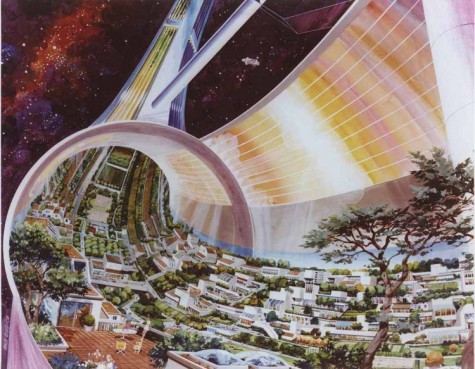
One of the things I absolutely adored as a child is staring at the incredibly intricate and detailed book covers for old hard science fiction novels, and their stunning depictions of what space colonies would look like in the future. Most of them were these massive, vast, spinning feats of engineering that wouldn’t just have their own gravity, but their own entire ecosystems, carefully managed and regulated, complete with plants, trees, atmosphere, farms, everything you can imagine. Granted, it makes sense in the context–if you have a massive space colony that needs to be self-sufficient, this is a great way to do it assuming you have the energy required to power such a colony and technology required to build one.
Still, those colonies haven’t materialized, despite the best predictions of futurists from the 1960s and 70s, although many of them didn’t predict we’d have them by now anyway – most of them looked farther forward to 2050 or so before they estimated humanity would be technologically sophisticated enough to build anything of the like. Until then though, there’s always this project from the folks at the NASA Ames Research Center and Stanford University, under the drive and curation of Princeton physicist Gerard O’Neill, who apparently has the same passion for these beautiful pieces of art as I do.
Hit the link below to see more – they really are something special.
